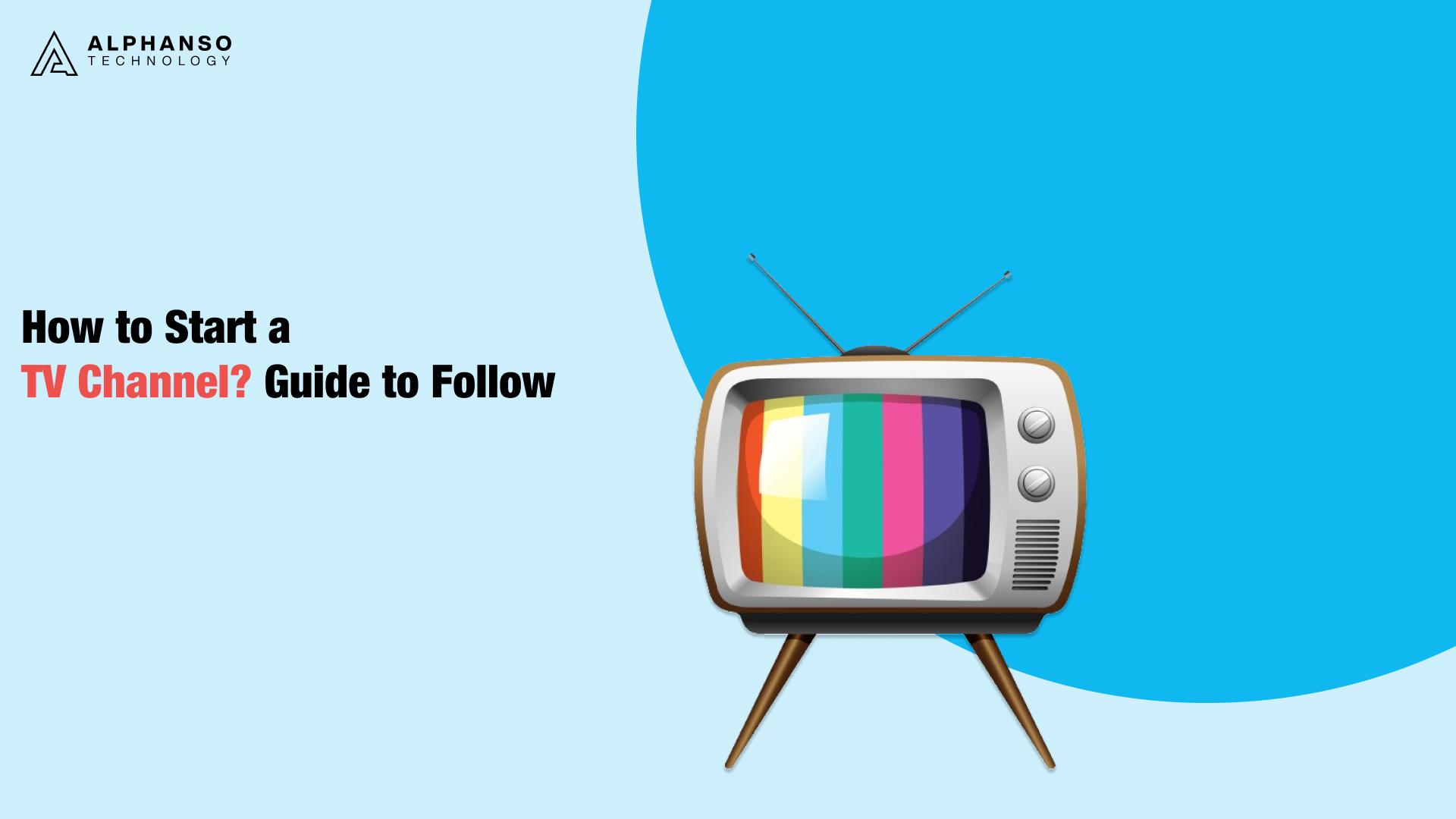About Apollo Group Tv
About Apollo Group Tv
Blog Article
Apollo Group Tv for Dummies
Table of ContentsApollo Group Tv for BeginnersHow Apollo Group Tv can Save You Time, Stress, and Money.9 Simple Techniques For Apollo Group TvThe Basic Principles Of Apollo Group Tv
In this situation, instead of having three-minute commercial areas throughout a 30-minute tv program, TV shows might change to one where a consumer will certainly be required to have a month-to-month registration, so that they cen sight targeted banner ads. This sort of advertising and marketing currently occurs on the net, and the amount of data television business accumulate allows them to do similar.Discuss the influence of sponsors on program content. Describe the significant fads amongst the broadcasting and wire networks. When tv remained in its infancy, producers modeled the new tool on radio. Popular radio reveals such as cops dramatization Dragnet and western cowboy collection Gunsmoke were adjusted for tv, and new TV programs were sponsored by single marketers, equally as radio shows had actually been.
Today, the tv sector is much more complicated. Programs are sponsored by multiple marketers; programming is controlled by significant media corporations; and the three significant networks no more dominate the airwaves yet instead share their audiences with countless cord channels. Numerous aspects represent these trends within the sector, including technological growths, government regulations, and the production of brand-new networks.

Not known Incorrect Statements About Apollo Group Tv
Developed in 1969, (PBS) developed out of a record by the Carnegie Commission on Educational Tv, which analyzed the duty of educational, noncommercial tv on culture. Public television was likewise intended to provide global accessibility to television for audiences in country locations or viewers who can not afford to pay for private tv solutions.
The duration between 1950 and 1970 is historically identified as the. Other than a small part of airtime regulated by public television, the three major networks (recognized as the Big Three) dominated the television sector, jointly accounting for more than 95 percent of prime-time watching. In 1986, Rupert Murdoch, the head of international firm News Corp, launched the Fox network, challenging the supremacy of the Big 3.
Targeting young and minority target markets with programs such as Buffy the Vampire Killer, Moesha, Dawson's Creek, and The Wayans Bros., the new networks wanted to attract terminals far from their old network affiliations. Instead than duplicating the success of Fox, UPN and WB battled to make an influence. Unable to draw in several affiliate terminals, both fledgling networks got to fewer households than their bigger opponents due to the fact that they were inaccessible in some smaller sized cities.
This choice led the way for the development of cable film channels, adding to the rapid development of cord in the 1980s and 1990s. apollo tv. More deregulation of wire in the 1984 Wire Communications Plan Act eliminated limitations on cable television rates, allowing operators to charge what they desired for cord solutions as long as there was efficient competition to the solution (a criterion that over 90 percent of all cord markets could meet)
The Definitive Guide for Apollo Group Tv

Having actually produced the very first "superstation," Turner expanded his realm by starting 24-hour news network CNN in 1980. At the end of the year, 28 national programs solutions were offered, and the wire transformation had actually started. Over the next years, the industry went through a duration of rapid growth and appeal, and by 1994 audiences might select from 94 basic and 20 costs cord services.
Figure 9 - http://peterjackson.mee.nu/where_i_work#c2402.16 Raised competitors from cord channels has actually triggered a steady decrease in the networks' audience scores. During the 1950s, the price of creating a single tv program boosted as shows became longer and manufacturing prices soared. Sponsorship on network television moved from solitary sponsorship, in which a program was entirely supported and produced by one advertiser, to several sponsorship, in which marketers acquired 1- or 2-minute spots on the show
Choose one of the Big 4 networks and publish out its weekly programming schedule. View the network's prime-time programs over the course of a week, noting the target market for each program.
The 5-Second Trick For Apollo Group Tv

Linear TV, commonly described as traditional broadcast TV, incorporates wire and satellite television. It's called "linear" due to the fact that content follows an established programs timetable, unlike on-demand web content which the specific viewer chooses to view based on their own preferences and routine. So, when you ask, "What is direct television?", think about it as the timeless means of seeing television that has actually been around for years.
Report this page